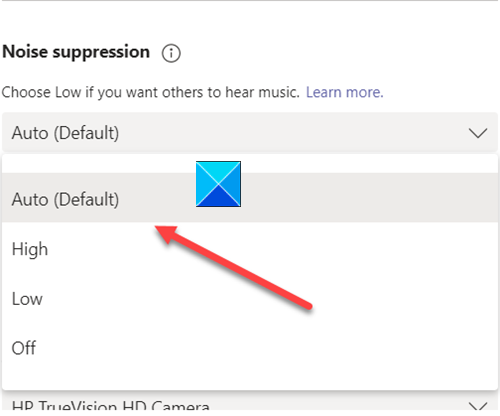


Two and more mics also make the audio path and acoustic design quite difficult and expensive for device OEMs and ODMs. Or imagine that the person is actively shaking/turning the phone while they speak, as when running. Imagine when the person doesn’t speak and all the mics get is noise. This sounds easy but many situations exist where this tech fails. Software effectively subtracts these from each other, yielding an (almost) clean Voice. The mic closer to the mouth captures more voice energy the second one captures less voice. The two mics are marked yellowīoth mics capture the surrounding sounds. Phone designers place the second mic as far as possible from the first mic, usually on the top back of the phone. The first mic is placed in the front bottom of the phone closest to the user’s mouth while speaking, directly capturing the user’s voice.

This remains the case with some mobile phones however more modern phones come equipped with multiple microphones (mic) which help suppress environmental noise when talking.Ĭurrent-generation phones include two or more mics, as shown in figure 2, and the latest iPhones have 4. The mobile phone calling experience was quite bad 10 years ago. Once captured, the device filters the noise out and sends the result to the other end of the call. This seems like an intuitive approach since it’s the edge device that captures the user’s voice in the first place. Traditional noise suppression has been effectively implemented on the edge device - phones, laptops, conferencing systems, etc. Traditional Approach to Noise Suppression This post focuses on Noise Suppression, not Active Noise Cancellation. Active noise cancellation typically requires multi-microphone headphones (such as Bose QuiteComfort), as you can see in figure 2. This contrasts with Active Noise Cancellation (ANC), which refers to suppressing unwanted noise coming to your ears from the surrounding environment. Noise Suppression filters it out for both callers. Noise suppression in this article means suppressing the noise that goes from your background to the person you are having a call with, and the noise coming from their background to you, as figure 1 shows. Current State of Art in Noise Suppression Let’s take a look at what makes noise suppression so difficult, what it takes to build real time low-latency noise suppression systems, and how deep learning helped us boost the quality to a new level. Since then, this problem has become our obsession. Two years ago, we sat down and decided to build a technology which will completely mute the background noise in human-to-human communications, making it more pleasant and intelligible.


 0 kommentar(er)
0 kommentar(er)
